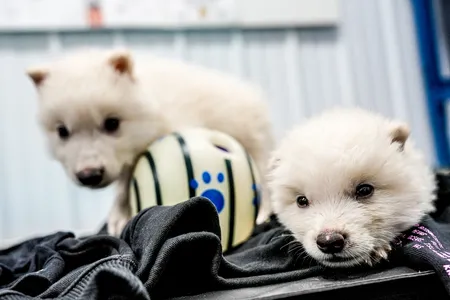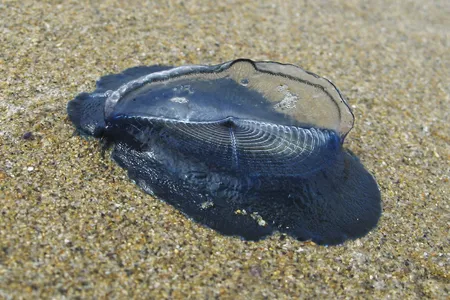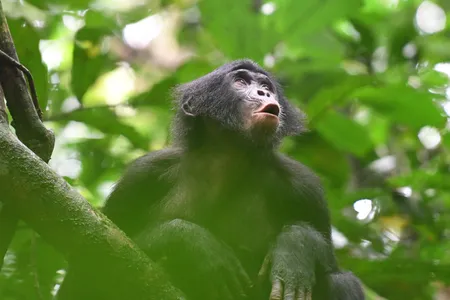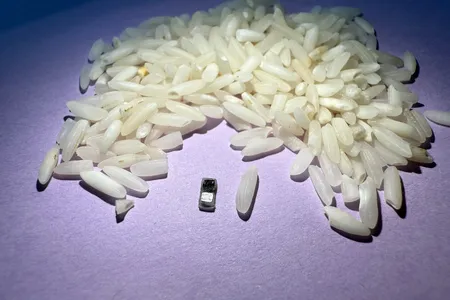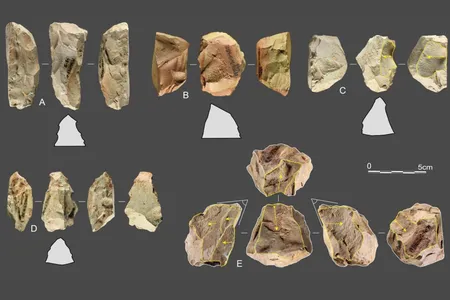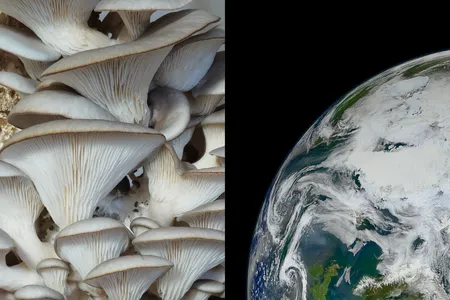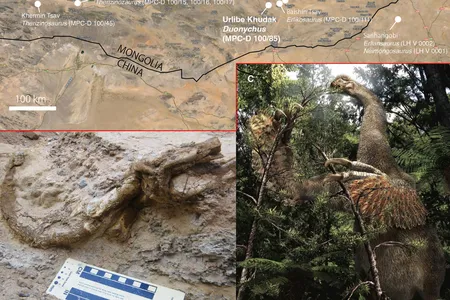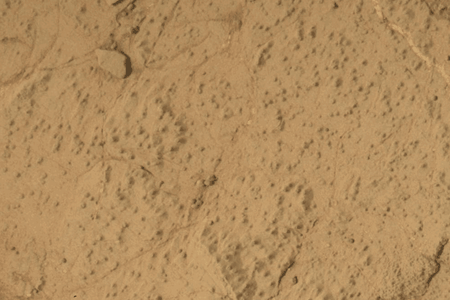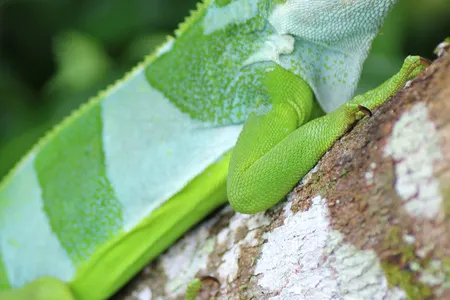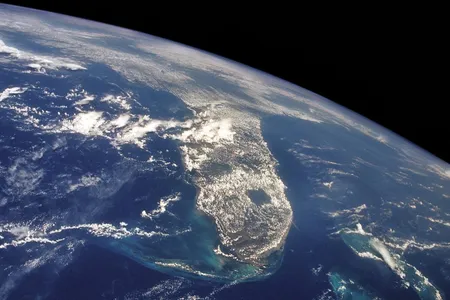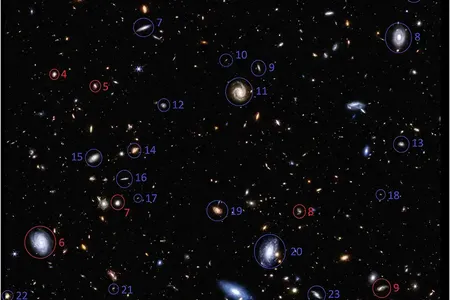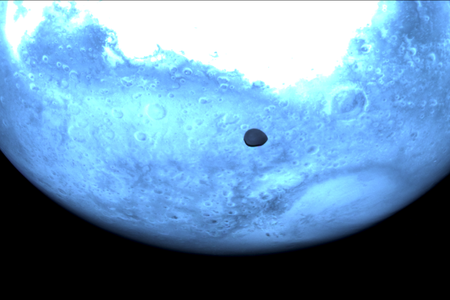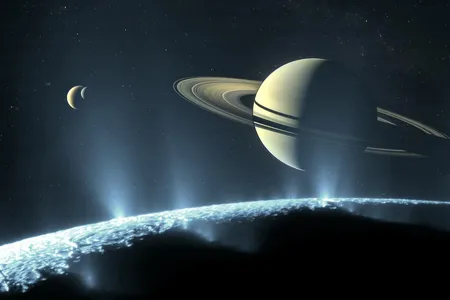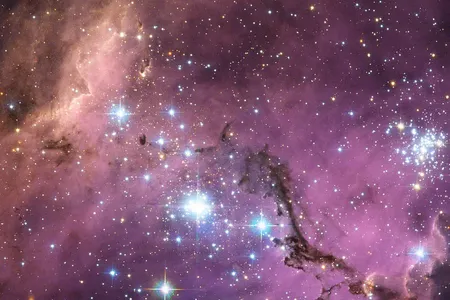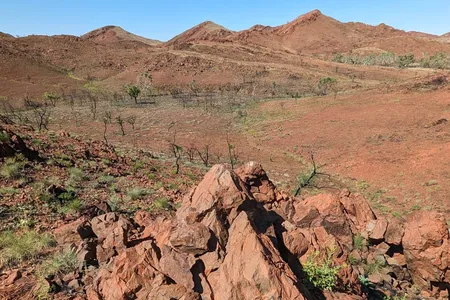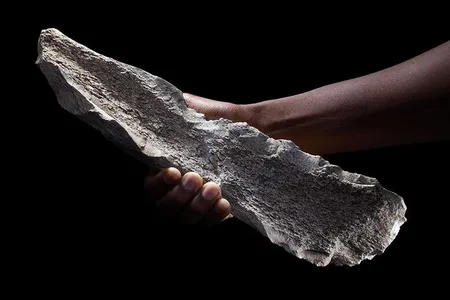Stories from this author
Have Dire Wolves, Which Went Extinct More Than 10,000 Years Ago, Really Been Brought Back to Life?
Pioneers in the science of “de-extinction,” an American company has announced the births of three pups whose genes resemble those of a species that hasn’t roamed Earth for millennia
Odd-Looking Blue Creatures Are Washing Up in Large Groups on California’s Beaches Once Again
Strandings of these jellyfish-like animals, sometimes called “by-the-wind sailors,” usually mean spring is coming
There Might Be Something Human in the Way Bonobos Communicate—Their Calls Share a Key Trait With Our Language, Study Suggests
Researchers attempted to decode bonobo calls by recording their social context, then analyzed how the primates string together these vocalizations
Researchers Develop the World’s Smallest Pacemaker, and It Could Be Revolutionary for Newborn Babies With Heart Defects
The new device is smaller than a grain of rice and gets absorbed by the patient’s body when it’s no longer needed, eliminating the risks of an extraction surgery
Stone Tools Discovered in China Resemble Neanderthal Technology Used in Europe, Creating a Middle Stone Age Mystery
Archaeologists previously assumed that East Asia did not see considerable tool development during the Middle Paleolithic, but new findings might change that widely held idea
Enhanced Brain Implant Translates Stroke Survivor’s Thoughts Into Nearly Instant Speech Using Artificial Intelligence
The system harnesses technology similar to that of devices like Alexa and Siri, according to the researchers, and improves on a previous model
Death Toll Passes 2,000 After Magnitude 7.7 Earthquake Hits Myanmar, Among the Most Powerful Quakes in the Region Since 1900
The natural disaster compounds humanitarian concerns in a country already in the throes of a devastating civil war
SpaceX Astronauts Will Try Growing the First Mushrooms in Space on Upcoming Fram2 Mission Over Earth’s Poles
Described as the “perfect space crop,” the nutritious and ready-to-eat fungus could be a key stepping stone toward fueling crew members during long-term spaceflight
Check Out Neptune’s Beautiful Auroras, Captured for the First Time by the James Webb Space Telescope
Scientists suspected the ice giant hosted auroras—and had already observed them on Jupiter, Saturn and Uranus. But an observation of Neptune’s lights remained elusive for decades
Dinosaur With Two Massive, Sloth-Like Claws Is on ‘Another Level’ of Weird—Even Among Its Unusual Group of Relatives
Paleontologists discovered Duonychus tsogtbaatari from fossils uncovered in 2012. It was a giant, feathered creature adapted to grasp and feed on vegetation
Curiosity Rover Discovers Largest Organic Compounds Ever Found on Mars, a Possible Sign of Ancient Life
The molecules may be remnants of fatty acids, which form cell membranes in Earth’s organisms, though they might have formed through a non-biological process
Iguanas Floated a Whopping 5,000 Miles From North America to Fiji on Rafts of Plants in a Record-Setting Trip, Study Suggests
Since most iguana species live in the Americas, biologists have long debated how they could have arrived on the remote Pacific island in the first place
Sea Levels Rose More Than Expected in 2024, According to a NASA Analysis
Ocean warming and thus thermal expansion played a major role in last year’s increase
James Webb Space Telescope Reveals That Most Galaxies Rotate Clockwise
This preferred direction of spin might be due to one of two reasons: either our entire universe exists in a black hole, or astronomers have been measuring the universe’s expansion incorrectly
Check Out These Rare Images of Deimos, One of Mars’ Mysterious Moons
The spacecraft Hera’s photographs are some of the few visuals ever captured of the Martian moon’s dark side
Astronomers Discover 128 New Moons Orbiting Saturn, Cementing the Planet’s Title of ‘Moon King’
The sheer number of objects suggests scientists will soon have to grapple with what counts as a moon versus what’s just a large rock
Climate Change Might Increase Satellite Collisions, Limiting How Many Can Safely Orbit Earth, Study Finds
Greenhouse gas emissions could reduce drag in the upper atmosphere, leaving more space debris in orbit and making satellites more vulnerable to damage, according to new research
Astronomers Discover Evidence of a Stealthy Supermassive Black Hole Hiding Right ‘Under Our Noses’
The Large Magellanic Cloud is one of the most well-studied galaxies, but new findings suggest it might have been holding a giant secret
Oldest Known Impact Crater Discovered in Australia
The discovery bolsters the theory that meteorite impacts played an important role in Earth’s early geological history
Human Ancestors Were Making Bone Tools One Million Years Earlier Than Previously Thought
Archaeologists have discovered a collection of prehistoric animal bones in Tanzania that suggests early humans figured out how to transfer tool-making techniques “from stone to bone” 1.5 million years ago
Page 4 of 12

